Brand Harmony: Making Your Voice and Look Match Across Social Channels
A unified brand voice and visual identity across channels is no longer optional for businesses that want to stay relevant. Customers expect familiarity as they move between Instagram, LinkedIn, and TikTok, and they notice when your tone or look suddenly shifts. If your visuals are polished on one platform but casual on another, that inconsistency chips away at recognition. The same is true for captions and messaging—when the style drifts, trust suffers. Consistency builds recognition, and recognition leads to stronger engagement and loyalty. To hold everything together, businesses need clear foundations, structured frameworks, and an intentional process that carries across every platform.
Defining Voice Foundations
The most reliable way to start is to define audience and personas early so your tone comes from a grounded place. When you know exactly who you are speaking to, you can keep language consistent even as channels change. Without this foundation, your TikTok might sound like it belongs to a different company than your email newsletter. Documenting personas also creates a reference that teammates and contractors can use when posting. Over time, this reduces the risk of improvisation that doesn’t fit the brand. A clear understanding of who you’re talking to is what makes consistency sustainable.
Building a Messaging Framework
Once you know your audience, the next step is to framework that defines how to speak across multiple platforms. A messaging framework translates vision and values into reusable language patterns. It gives you a long-form way to explain your brand, a mid-length version for quick reads, and a short punchy version for posts and captions. This makes it easier to adjust without drifting off-message. It also helps prevent copywriters or social managers from inventing their own phrasing under pressure. The framework acts as the connective tissue between long campaigns and short bursts of content.
Aligning Visual + Verbal Identity
Words and images must move in lockstep if you want recognition to build. A full brand style guide with voice and visuals ensures that your identity carries across every platform. It should cover typography, colors, image treatments, and even the tone of supporting copy. Without it, posts risk following trends that may look good individually but clash when viewed together. A solid style guide makes it possible to run different campaigns without losing the thread of who you are. Over time, this alignment teaches audiences to recognize your posts before they even see the name.
Templates & Assets Consistency
Speed matters in social media, but speed often leads to shortcuts. Creating social post templates for consistency allows your team to move fast without breaking brand rules. Templates don’t replace creativity; they give it a frame to live in. They keep fonts, layouts, and core design elements steady so campaigns look unified even when built quickly. Templates also make it easier for new team members to deliver work that fits immediately. When used regularly, they keep the brand sharp and prevent small variations from eroding recognition.
Tone Flex Across Platforms
Tone is where many businesses slip, either by being too stiff on casual platforms or too loose on professional ones. The solution is to adapt your tone to channels without rewriting the brand’s personality. On Instagram, your captions might lean lighthearted, while on LinkedIn they may read more professional, yet the voice underneath stays the same. This balance allows you to fit the expectations of the platform while preserving identity. If the voice bends too far, audiences lose track of who you are. The goal is not multiple personalities but one voice expressed with different accents.
Audit & Quality Assurance
Even the best systems drift without maintenance. That’s why you should audit content regularly for alignment with your documented standards. These reviews are where you catch inconsistent visuals, uneven tone, or off-brand messaging before they spread. They also provide moments to assess whether the guidelines themselves need updating to reflect new platforms or strategies. Treating audits as a recurring discipline prevents complacency and keeps the brand healthy. They can also surface insights about what resonates most with audiences. In practice, this makes your guidelines living documents rather than static PDFs.
Streamlined Creation With Adobe Express
Consistency is easier when your team has the right support. Adobe Express simplifies the process of keeping everything on track with creation, editing, and publishing features.
- Use the content scheduler to plan posts in advance, reducing the last-minute scramble that often leads to off-brand captions.
- Build longer updates with the blog page creator, ensuring that extended content still reflects your voice.
- Polish visuals using the image editor so graphics always match your chosen style rather than drifting into stock.
- Add motion through the video creator, bringing energy to posts without sacrificing consistency.
A consistent brand identity doesn’t appear by accident; it’s built on clear systems and maintained by regular habits. Defining your audience and frameworks prevents improvisation from derailing the message. Style guides and templates keep visuals steady while tone adjustments let the same voice travel across very different platforms. Regular audits ensure the identity holds up as trends and channels change. Tools like Adobe Express make this entire process more manageable by centralizing creation and scheduling. When done right, consistency builds recognition, and recognition creates trust that lasts far longer than any single campaign.
Consistency builds recognition, but strategy makes it last. The Kreativs helps small businesses create digital experiences that stay true to their brand while attracting the customers who matter most.

